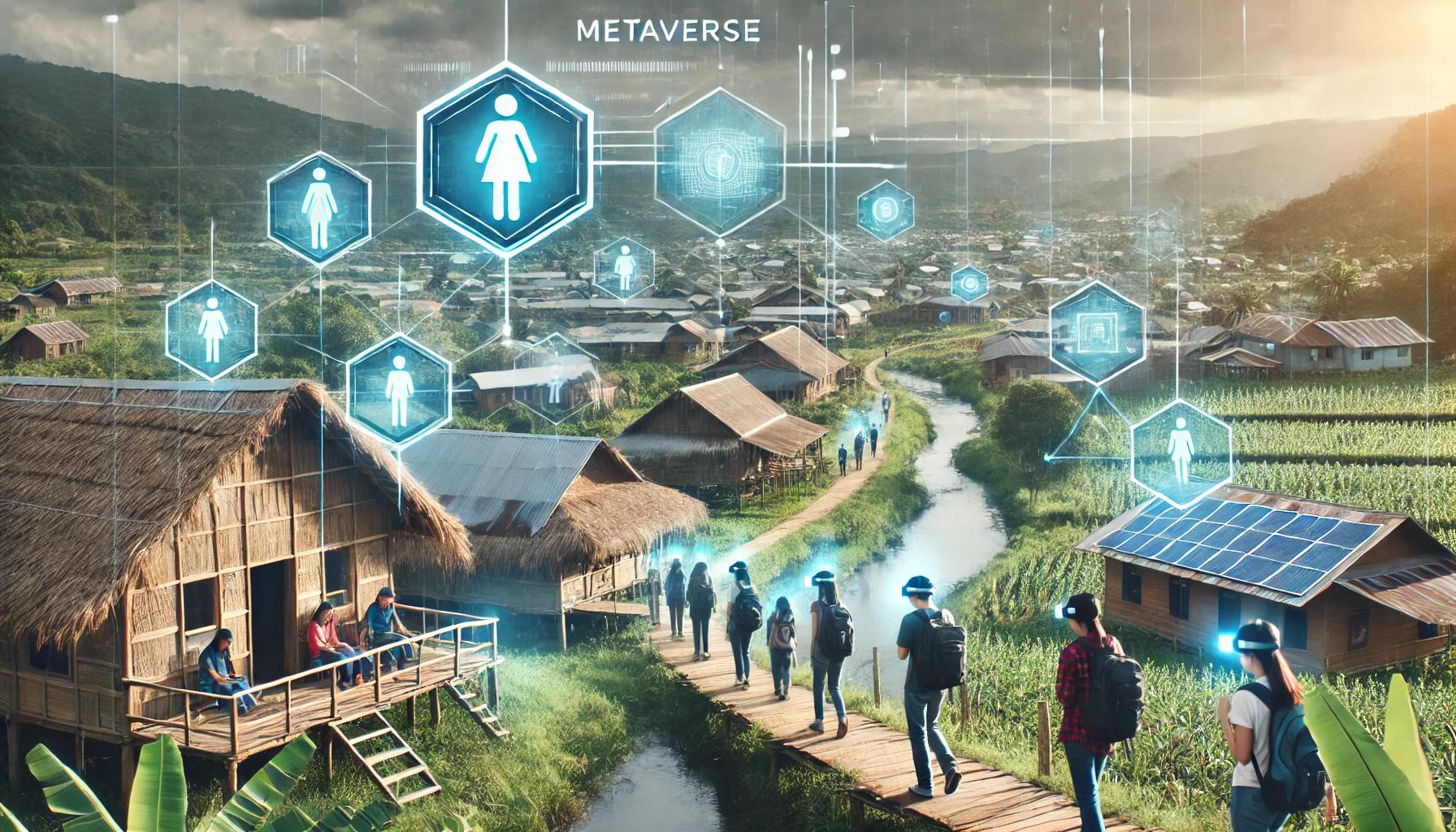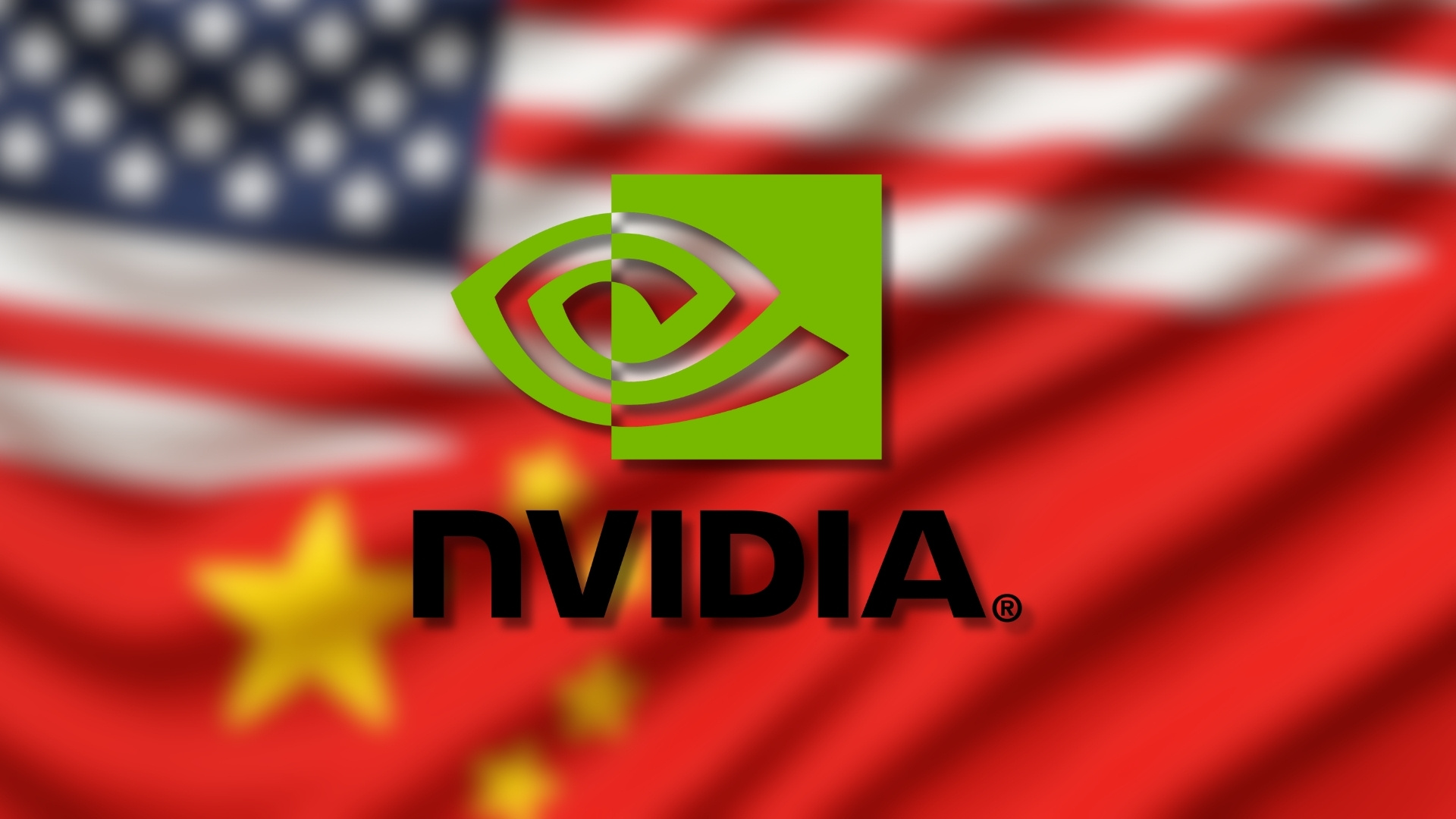AI is becoming central to Vietnam’s urban development as major cities adopt data-led systems. Leaders at the Vietnam–Asia Smart City Summit said AI now shapes planning, service delivery and daily operations nationwide.
Experts noted rising pressure on cities, with congestion, pollution and population growth driving demand for more innovative governance. AI is helping authorities shift towards proactive management, using forecasting tools, shared data platforms and real-time supervision.
Speakers highlighted deployments across transport control, environmental monitoring, disaster alerts and administrative oversight. Hanoi and Da Nang presented advanced models, with Da Nang recognised again for achievements in green development and digital operations.
Delegates agreed that long-term progress depends on strong data foundations, closer coordination and clear strategic roadmaps in Vietnam. Many stressed that technology must prioritise public benefit, with citizens placed at the centre of smart-city design.
Would you like to learn more about AI, tech and digital diplomacy? If so, ask our Diplo chatbot!










